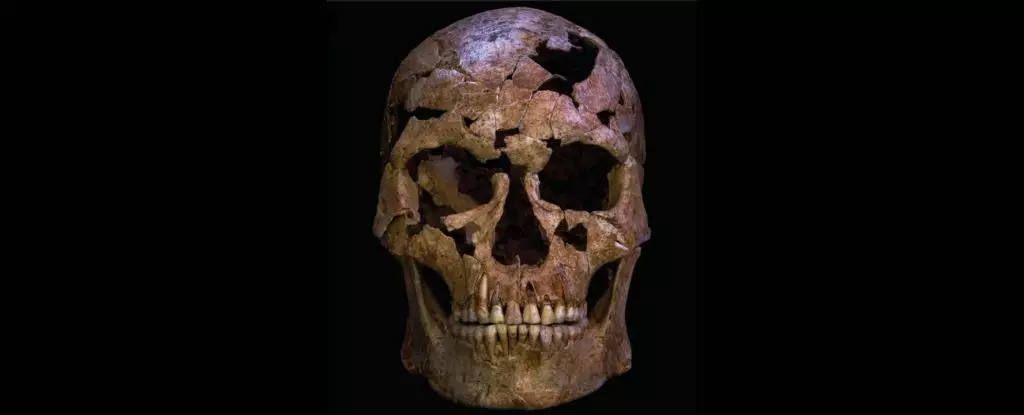When we venture into the depths of human history, we often prefer to highlight our ancestors’ ingenuity, resilience, and cultural developments. However, lurking beneath these stories is a less comfortable truth: violence and conflict have long shadowed the human experience. The recent discovery of ancient bones in Vietnam’s Thung Binh 1 cave challenges us to confront this sobering reality head-on. Far from being just a scientific curiosity, it forces us to reconsider the enduring presence of interpersonal violence in our species’ earliest chapters—an uncomfortable but necessary reckoning with the darker aspects of human nature.
This archaeological find, representing perhaps the earliest confirmed case of homicide in Southeast Asia, questions many assumptions about early human society. The skullshot in the bones of a 12,000-year-old man suggests a brutal act of violence carried out by another person. Such an act wasn’t merely incidental or accidental but appears to be deliberate—an intentional assault that led to his death. As we analyze this distressing narrative, we are forced to reconcile the image of early humans as cooperative survivors with the disturbing evidence of interpersonal aggression embedded in our history. The discovery underscores that violence isn’t a modern phenomenon but a persistent thread woven through our shared biological and cultural fabric.
The Evidence of Violence: Artifacts and Genetic Clues
What makes this discovery compelling isn’t just the skeletal trauma but the context in which it was found. The bones bear the mark of a projectile—a quartz point—deliberately shaped and embedded in the sediment surrounding the remains. Its non-local origin implies that early humans had access to distant sources and possibly ventured far beyond their immediate environment. This suggests a complex social landscape where conflicts might have arisen over resources, status, or territory, indicating that interpersonal violence was part of the human condition long before the rise of organized societies.
Additionally, the victim’s bones reveal signs of infection from a fractured cervical rib, likely caused by a violent blow. This detail paints a vivid picture: our ancient ancestor was engaged in a life-and-death struggle that ended violently. Such evidence refutes any romanticized notion that early humans lived peacefully or lacked the capacity for aggression. Instead, it suggests that violence, including lethal encounters, was embedded within daily survival, social interaction, and perhaps even competition for dominance—elements that continue to influence human societies today.
Furthermore, the presence of a cervical rib—a rare trait—adds an intriguing genetic twist. While it might seem trivial, such anomalies could signal individual differences in susceptibility to injury or disease, aspects that shape our understanding of ancient health and physical vulnerabilities. When coupled with evidence of trauma, these details deepen our appreciation for the complexity of early human biology and behavior, challenging simplistic narratives of primitive innocence.
Implications for Our Understanding of Human Nature
This discovery is more than an archaeological puzzle; it invites a moral and philosophical reflection on the origins of violence. If our ancient ancestors were capable of executing lethal assaults, does that condemn all of humanity to a legacy of violence? Or does it serve as a reminder that conflict is an intrinsic part of our evolutionary past—something we have struggled against and, in some cases, against which we have failed?
The age-old debate about human nature revolves around whether violence is an innate trait or a societal construct. The evidence from Vietnam tilts the balance towards the former, suggesting that aggression has deep biological roots. Yet, as a center-leaning perspective, I argue that recognizing this truth should not lead to despair but to a call for conscious efforts to nurture empathy, cooperation, and social cohesion. Understanding that violence is part of our history doesn’t justify it; rather, it emphasizes the importance of actively fostering environments where such destructive tendencies are mitigated, and peace becomes a learned behavior rather than an inevitable legacy.
In a way, this discovery emphasizes our collective responsibility. It reminds us that the capacity for violence has been with us since the dawn of our species. How we choose to confront and transcend those impulses defines our moral progress. Acknowledging the brutal history embedded in our biological fabric should empower us to create societies rooted in justice and compassion, breaking free from the cycle of violence that has persisted for millennia.


Leave a Reply